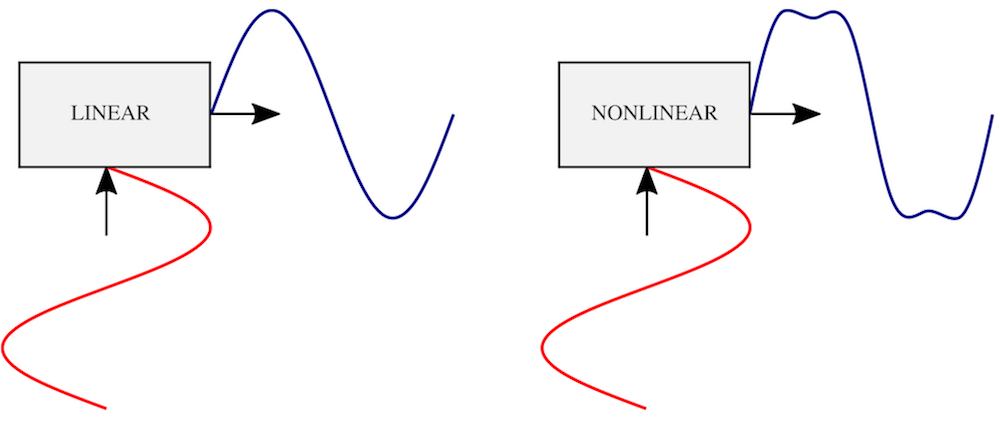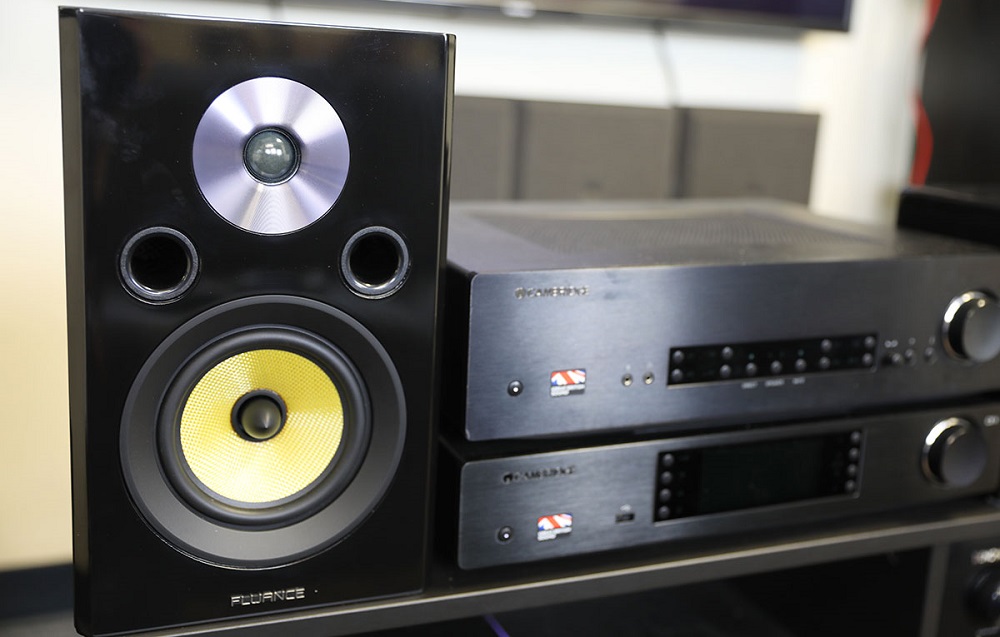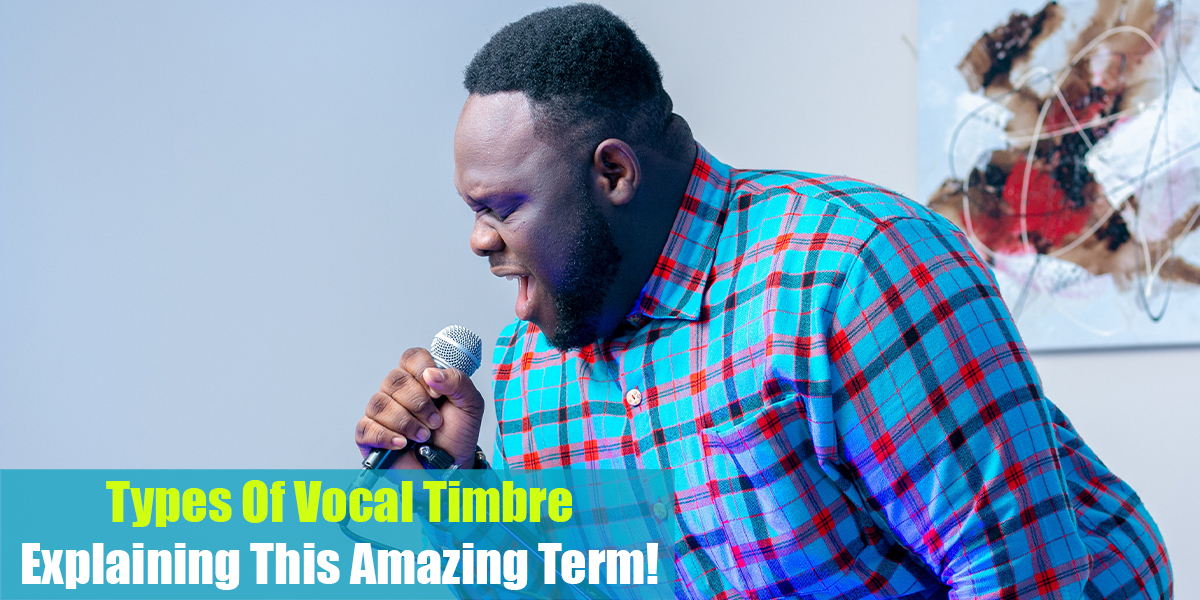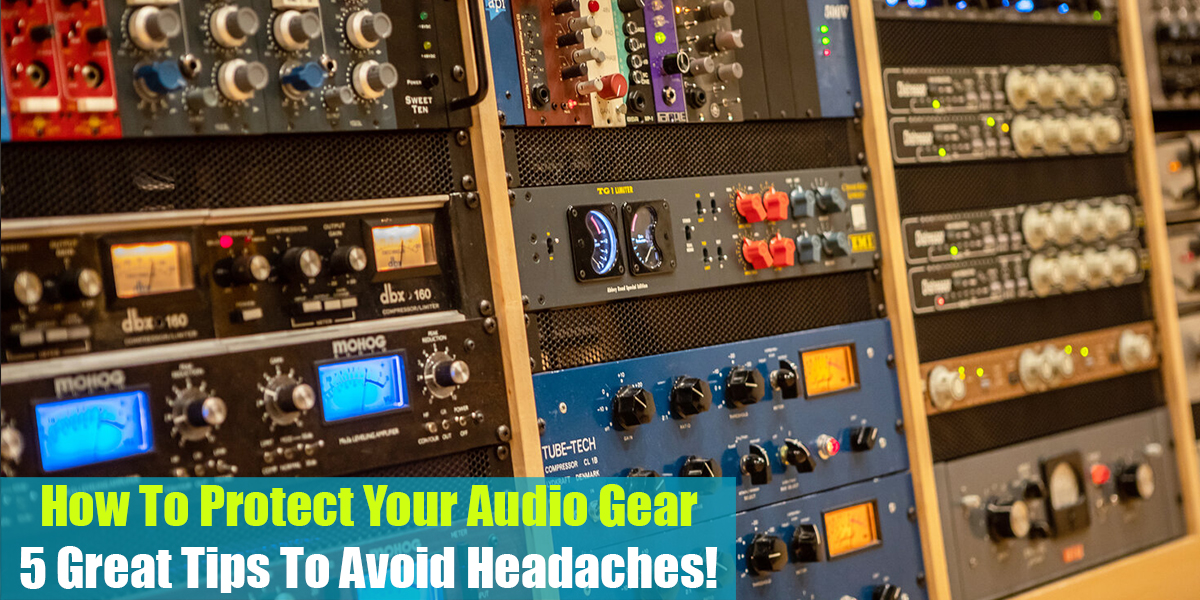What Is Distortion
Introduction
You can get different meanings from different people when you ask them what distortion means. The first thing that comes to mind for many people is the idea of “distorting words or phrases” on the basis of what you’ve said being changed into something else. A distorted image is pictured for others.
The effect of distortion is perceived by guitarists as an enhancement of the sound of their guitars. Sound technicians consider distortion to be a bad sound caused by an audio system problem.
But what does distortion actually mean? What are the times when you should use it and when you should avoid it? Where should you apply it in your workflow and what equipment can you use to get it? You’ll need to unpack a lot here, but don’t fret – distortion is a simple concept once you understand how it works.
What Is Audio Distortion?
Even if you limit the definition of distortion to audio distortion, it is awfully vague. The distortion of an audio signal occurs when the output differs from the input.
An audio signal can be distorted linearly or non-linearly. When a signal is distorted linearly, its amplitude changes, while when it is distorted nonlinearly, its frequency content changes. The term audible distortion refers to non-linear distortion rather than linear distortion, even though both are forms of audio distortion.
It is important to note that linear distortion does not add anything to a signal. As opposed to that, it directly affects it. It can occur in a number of ways, such as by altering the pitch or volume of a sound or by altering the phase of a signal in a more subtle manner.
Signals are subjected to non-linear distortion, which results in additional frequencies being added. It may sound like you are listening to an old vinyl record with a grainy texture on top of it. An increase in buzzing, hissing, or crackling can be achieved by adding this effect to recordings.
It should be noted, however, that non-linear distortion is not always unpleasant. During the mixing process, many pop songs are distorted in some way, even in what appears to be a clean, pristine recording.

Reasons For Unwanted Distortion
In most cases, distortion is caused by clipping, since distortion is only the audible consequence of clipping. In audio components, clipping occurs when the power supply voltage is not sufficient for them to handle electrical signals, in a clean and efficient manner.
Various levels of this effect can be observed at the channel and mixer levels, as well as at the amplifier level. There is a difference between overdriving speakers and overdriving an amplifier.
As the term implies, clipping occurs when an amplifier is pushed to produce a signal with more power than it can supply. When the amplifier reaches its maximum capacity, it will amplify the signal only to its maximum capacity, at which point the signal will cut out or clip.
There are a number of ways in which equipment can fail. The effects processor, for instance, may fail and the sounds passed through it will no longer be audible. In addition, it is possible that the processor could malfunction and you would hear distorted sound emanating from it. It may not be a result of the component’s ability to handle the signal as much as an indication that the internals has failed.
Also, a constant push on speakers beyond what they are capable of. If you work in live audio production, it may be necessary to work on equipment that is not able to handle louder volumes than those required by your gig.
Increasing the volume of speakers beyond what they are designed to produce will result in distorted audio output. As opposed to distortion through clipping, this is more a result of the speaker’s hardware being unable to reproduce the signal it is sending, although it remains a matter of voltage.

Using Good Distortion in Music Production
It is useful to manipulate a signal through distortion and add new sonic characteristics to create sound in order to make it more exciting or energetic. As a result of its saturated fundamental frequencies and enhanced harmonics, it can be used to emphasize a particular sound or ornament a sound to carry a particular vibe or mood throughout a track.
The ability of distortion to prevent masking is one of its most interesting characteristics. A particular sound can be given its own space in dense mixes via distortion, especially in mixes where there is a great deal of crowding in the upper mids.
It is not uncommon for engineers to utilize distortion in rock music to create distortion to enable lead vocals to penetrate thick walls of guitars without altering the overall level, all due to the edgy, bright sound that distortion can provide.
As a result of clipping, there are extra harmonics that appear in the midrange, adding sparkle and presence to the midrange-especially the upper midrange which is around the zone of peak sensitivity for the human ear. In the mix, saturation is commonly used to enhance this important range in order to make sounds more prominent.
Like EQ, saturation does not simply increase the level of the frequency range in the existing signal, but it also introduces new harmonic information that can enhance the sound. In the event that simple EQ boosts are insufficient for this purpose, saturation may be considered a harmonic enhancement.

Types of Distorting
As always, however, things are not quite as black and white as they seem. In terms of distortion, there are a number of different types. In spite of the fact that they all do something similar, they do not necessarily sound the same at the end of the day.
In order to assist you in choosing which type of distortion would be most suitable for your needs, we have listed five different types of distortion.
A common form of distortion is overdrive, which occupies a middle ground between the most delicate and harshest distortions. This process is also called controlled clipping. In the past, guitar amps were intentionally overloaded in order to achieve the desired effect. You can still obtain relatively clean sounds when you use overdrive since it preserves a portion of the audio signal’s dynamic range. This adds an additional level of aggression by enhancing the overtones.
As opposed to overdrive, distortion is less subtle. The effect severely degrades your audio signal and results in the filthy sound usually associated with heavy guitar music, such as Metal. Let’s face it, if you want something that sounds aggressive this is what you are looking for.
In terms of distortion, tape saturation is considered to be one of the more delicate techniques, as it goes beyond simply distorting the sound. Transients are smoothed out, compression is added, and a touch of distortion is added to complete the process. The tape saturation effect is the tool you need if you want to add warmth, nostalgia, and an analog sound to a recording.
There are many similarities between valve saturation and tape saturation. As well as adding warmth and cohesion to the audio signal, it also works in a somewhat different manner from tape saturation. It is entirely up to you to decide which option is most suitable for you. What works best for you depends on the type of mix and your personal preferences. It is important to note that the sound of each plugin varies, so you may want to try out several in order to determine which is best for your needs.
There is nothing more deserving of a warning message than this one. Clipping occurs when the volume of your audio exceeds the capabilities of the sound system. In our opinion, clipping is used very little when it comes to improving your signal but is not something that is not seen out there. Many engineers want to crush their audio signals more, of course, all depending on the genre they are working.
Knobs on Distortion Plugin or Guitar Pedal
When using distortion, you may encounter the following parameters. As one of the most common distortion types, the amount is used to determine how harsh the distortion will be. The value of this parameter is similar to that of Drive.
Depending on the amount of gain you set, the system will either determine the input or output gain and saturate the sound accordingly. As the setting is lowered, the sound becomes softer. A higher setting will result in a harsher and fuller sound.
Filters control the frequency range in which distortion should be applied. It is possible to apply distortion only to the lower end or only to the higher end if you wish to obtain a more precise distortion. In this case, the high and low cutoff filters will function similarly to an equalizer.
There is a Dry/Wet setting on all audio effects and it is a necessity for mixing. By doing so, it determines how the dry signal is mixed with the distorted signal (wet). A subtle sound can be achieved by allowing more of the dry signal to come through, whereas a heavy sound can be achieved by allowing more of the wet signal to come through.
Conclusion
Well, in this neat and brief article, we covered why unintended distortion can be harmful to your signal chain and equipment and how can you benefit from good harmonic distortion.
The word distortion often leads us to think that we are experiencing something bad, like speaker distortion, clipping distortion, or something that ruins our music. But that is not always the case. If you distort the input signal and use a guitar distortion plugin on it, you might end up with a nice sound that is recognizable for electric instruments in certain genres.
Also, lo-fi sound and production benefit from distortion and saturation plugins, where the electric guitar is crunched and sounds something like an old recording. All for the sake of new genre directions. So we believe that this guide will clarify such things.
If you want something to add or explain about this topic, please head over to the comment section and shoot your thoughts on it. Until next time!







